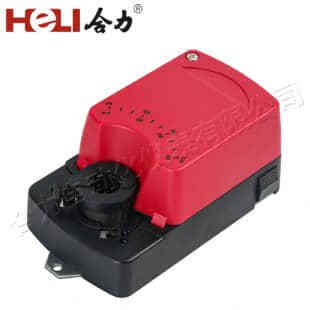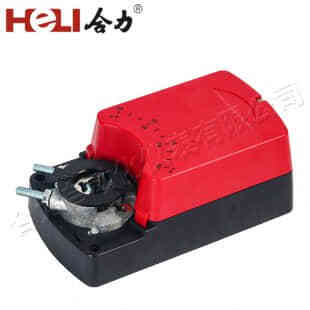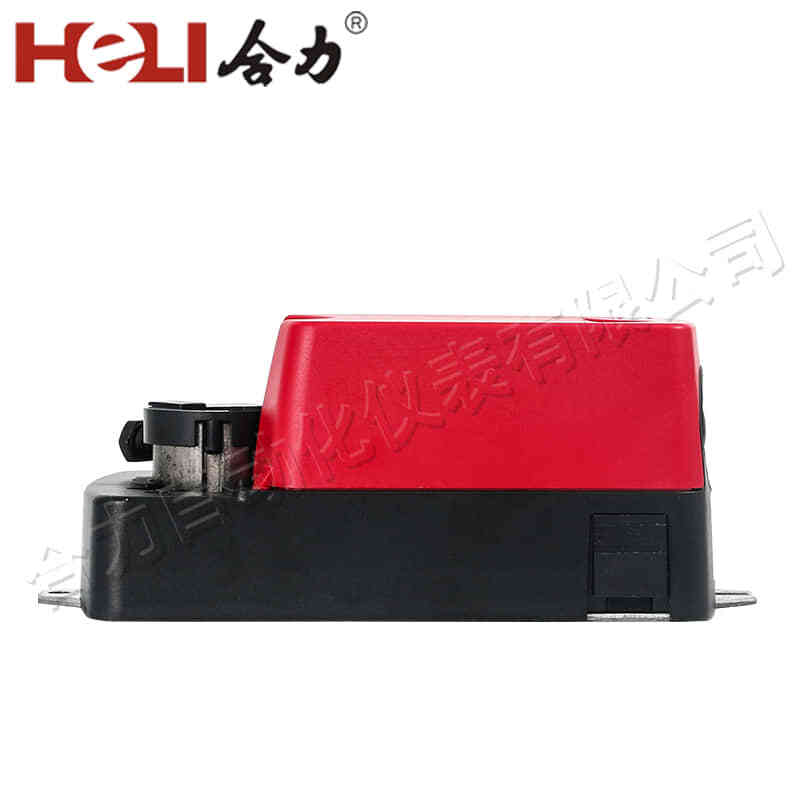

A damper actuator is an essential component in HVAC (Heating, Ventilation, and Air Conditioning) systems, responsible for controlling the airflow and regulating temperature within a building. These devices are integral in maintaining indoor comfort and ensuring the efficient operation of heating and cooling systems. Damper actuators are used to adjust the position of dampers, which are mechanical devices that regulate air flow in ventilation systems. By controlling the damper, actuators ensure optimal energy use and maintain air quality in various environments, from industrial facilities to residential homes. This article delves into the function, types, and applications of damper actuators, exploring their crucial role in modern HVAC systems.

Function of a Damper Actuator
